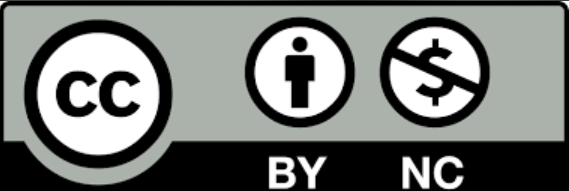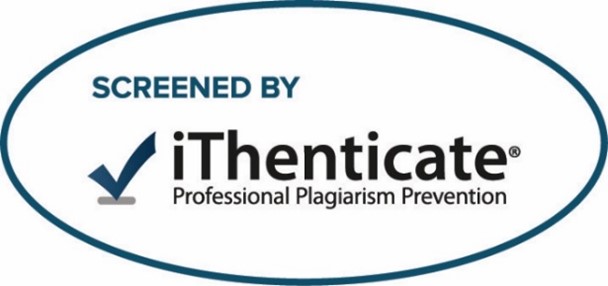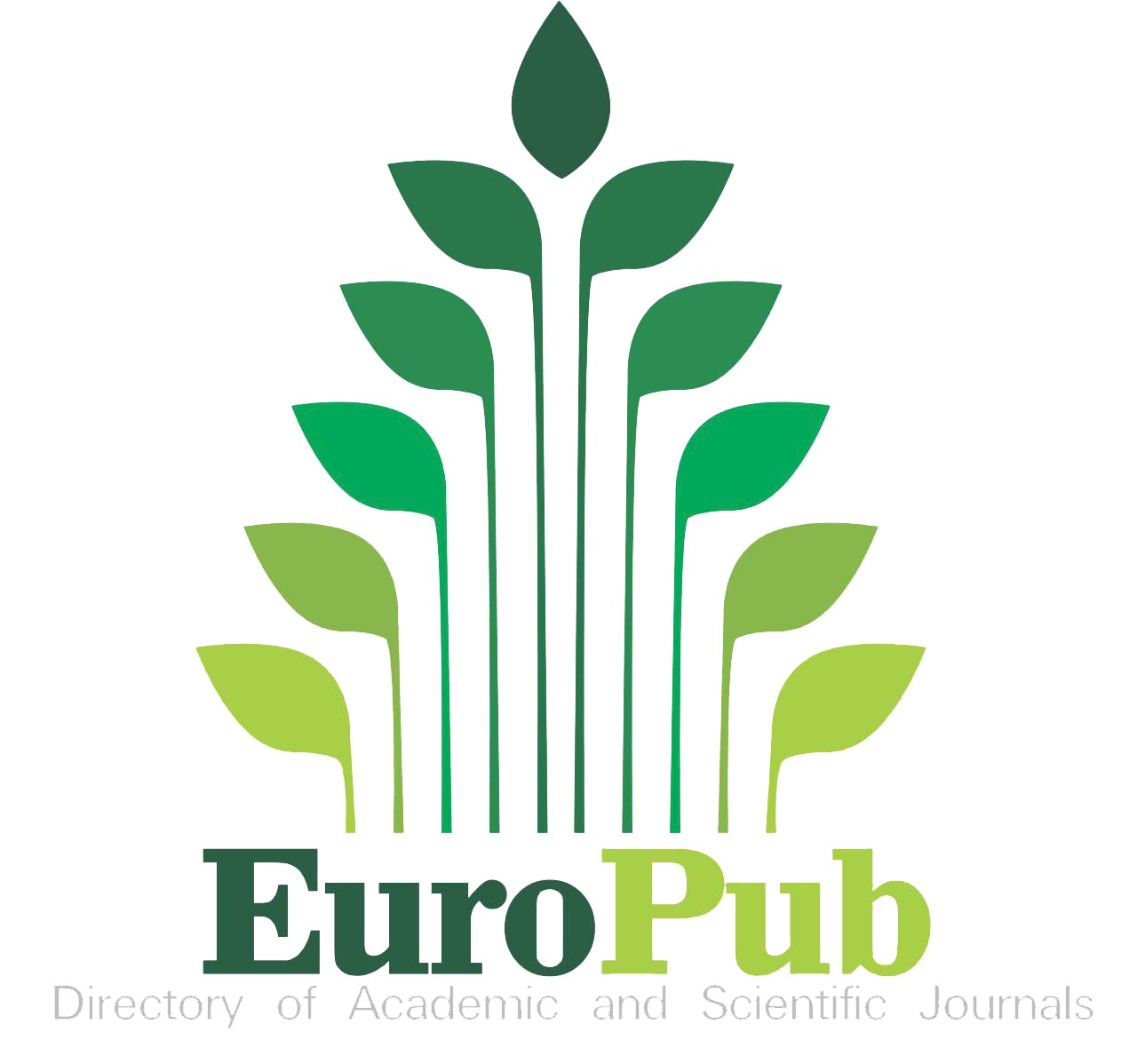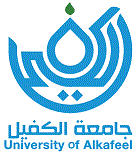Abstract
Malaria remains a global health challenge, leading to severe hematological complications. Natural alternatives such as Zingiber officinale and Hibiscus sabdariffa, known for their antioxidant and bioactive properties, are being investigated for their therapeutic potential. This study examines the hematological benefits of Z. officinale and H. sabdariffa in mice infected with the common malaria research model, NK65 chloroquine-sensitive Plasmodium berghei. Forty-two albino mice, averaging 24.5 ± 1.23g, were randomly divided into six groups. Mice in group A were uninfected which served as the normal control group. Mice in groups B, C, D, E, and F were inoculated intraperitoneally with P. berghei. Group B were not treated while Groups C, D, E, and F received oral treatments for four days with 5 mg/kg body weight of chloroquine, 100 mg/kg body weight of Z. officinale, 100 mg/kg body weight of H. sabdariffa, and extract mixture at 150 mg/kg body weight (100mg/kg bw of H. sabdariffa: 50mg/kg bw of Z. officinale), respectively. Hematological markers that were measured and compared with the control group were hemoglobin, packed cell volume (PCV), platelet counts white blood cells (WBC), and red blood cells (RBC). Treatments with Z. officinale and H. sabdariffa extracts significantly (p
Recommended Citation
Abubakar, Fatimah Aluko; Aladodo, Raliat Abimbola; and Abubakar, Aremu
(2025)
"Aqueous extracts of Zingiber officinale rhizomes and Hibiscus sabdariffa leaves enhanced Plasmodium berghei-infected mice's hematological parameters.,"
Al-Bahir: Vol. 6:
Iss.
2, Article 1.
Available at: https://doi.org/10.55810/2313-0083.1089
References
[1] Kolawole EO, Ayeni ET, Abolade SA, Ugwu SE, Awoyinka TB, Ofeh AS, et al. Malaria endemicity in SubSaharan Africa: past and present issues in public health. Microb Infect Dis 2023;4(1):242e51.
[2] Balaji S, Deshmukh R, Trivedi V. Severe malaria: Biology, clinical manifestation, pathogenesis and consequences. J Vector Borne Dis 2020;57(1):1e13.
[3] Brittenham GM, Moir-Meyer G, Abuga KM, Datta-Mitra A, Cerami C, Green R, et al. Biology of anemia: a public health perspective. J Nutr 2023;153:S7e28.
[4] Dkhil MA, Al-Quraishy S, Al-Shaebi EM, Abdel-Gaber R, Thagfan FA, Qasem MA. Medicinal plants as a fight against murine blood-stage malaria. Saudi J Biol Sci 2021;28(3): 1723e38
. [5] Orororo OC, Asagba SO. Treatment with Hibiscus sabdarrifa L anthocyanins improve hematological parameters in rats exposed to cadmium. Journal of Exploratory Research in Pharmacology 2022;7(3):146e50.
[6] Raghav N, Sharma MR. Ginger (Zingiber officinale Roscoe): a mini-review of constituents and biological activities. Chem Biol Inter 2021;11(3).
[7] Peter EL, Rumisha SF, Mashoto KO, Minzi OM, Mfinanga S. Efficacy of standardized extract of Hibiscus sabdariffa L.(Malvaceae) in improving iron status of adults 98 AL-BAHIR JOURNAL FOR ENGINEERING AND PURE SCIENCES 2025;6:95e99 in malaria endemic area: a randomized controlled trial. J Ethnopharmacol 2017;209:288e93.
[8] Biruksew A, Zeynudin A, Alemu Y, Golassa L, Yohannes M, Debella A, et al. Zingiber officinale Roscoe and Echinops kebericho Mesfin showed antiplasmodial activities against Plasmodium berghei in a dosedependent manner in Ethiopia. Ethiopian journal of health sciences 2018;28(5).
[9] Rizk MA, El-Sayed SAE-S, Igarashi I. Evaluation of the inhibitory effect of Zingiber officinale rhizome on Babesia and Theileria parasites. Parasitol Int 2021;85:102431.
[10] Khan MQ, Zafar L, Zulfiqar A, Abbas A, Salim H, Afzal A. The Hematological parameters in Malaria and its correlation with parasite Index: a cross-sectional study in Pakistan. J Haematol Stem Cell Res 2022;2(1):31e4.
[11] Alexander RR, Griffiths JM, Wilkinson ML. Basic biochemical methods. 1993 (No Title).
[12] Determinant Mahajan M. Combinatorics, algorithms, and complexity. Chicago J Theor Comput Sci 1997;1997(5).
[13] Kimbi HK, Sumbele IU, Nweboh M, Anchang-Kimbi JK, Lum E, Nana Y, et al. Malaria and haematologic parameters of pupils at different altitudes along the slope of Mount Cameroon: a cross-sectional study. Malar J 2013;12:1e10.
[14] Omarine Nlinwe N, Nange TB. Assessment of hematological parameters in malaria, among adult patients attending the Bamenda Regional Hospital. Anemia 2020;2020(1): 3814513.
[15] Asangha E, Igile G, Iwara I, Ebong P, Eseyin O. Hematological indices of Plasmodium berghei infected mice treated with ethanol extract and fractions of Nauclea latifolia roots. Intern J Current Microbiol Appl Sci 2017;6(12):2546e56.
[16] Akinosoglou KS, Solomou EE, Gogos CA. Malaria: a haematological disease. Hematology 2012;17(2):106e14.
[17] Naser RH, Rajaii T, Farash BRH, javad Seyyedtabaei S, Hajali V, Sadabadi F, et al. Hematological changes due to malaria-an update. Mol Biochem Parasitol 2024:111635.
[18] Kotepui M, Kotepui KU, Milanez GD, Masangkay FR. Reduction in total leukocytes in malaria patients compared to febrile controls: a systematic review and meta-analysis. PLoS One 2020;15(6):e0233913.
[19] Ware AD. The complete blood count and white blood cell differential. In: Contemporary practice in clinical chemistry. Elsevier; 2020. p. 429e44
[20] George I, Ewelike-Ezeani C. Haematological changes in children with malaria infection in Nigeria. J Med Med Sci 2011;2(4):768e71.
[21] Tangvarasittichai O, Srikong M, Tangvarasittichai S. Platelet count and platelet indices used as potential markers for first malaria infection diagnosis. Int J 2016;8(10):1454e8
















Indexed in: